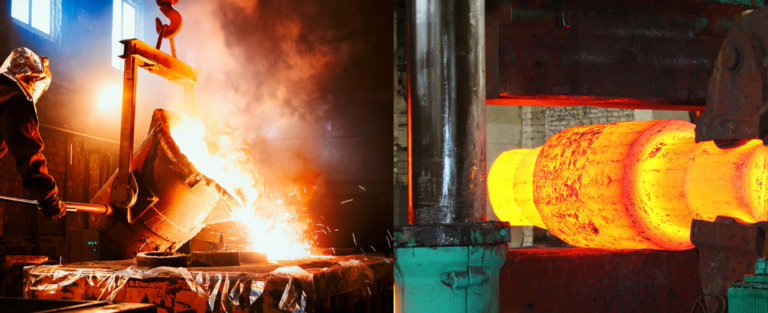Three methods of connecting carbon steel pipes, Listen To What Engineers Say
How do you join carbon steel pipe?
What are three 3 methods widely used for joining carbon steel pipe?
What is the common method of joining steel pipes?
What is the most widely used pipe joining method?
Steel pipes are commonly connected using welding techniques such as arc welding, MIG (Metal Inert Gas) welding, or TIG (Tungsten Inert Gas) welding.
These methods involve melting and fusing the ends of the pipes to create a strong and permanent joint.
The choice of welding technique depends on factors like the pipe material, thickness, and intended application, with each method offering specific advantages in terms of speed, precision, or control over the welding process.
How do you join carbon steel pipe?
| Welding Method | Advantages | Disadvantages |
|---|---|---|
| Arc Welding | – Versatile and widely used | – Requires skilled operators |
| – Suitable for various thicknesses | – Slower compared to some other methods | |
| – Cost-effective | – Generates spatter and fumes | |
| MIG (Metal Inert Gas) | – High welding speed | – Limited penetration in thicker materials |
| – Continuous wire feed | – Sensitive to wind and draft | |
| – Minimal post-weld cleanup | ||
| TIG (Tungsten Inert Gas) | – Precise and high-quality welds | – Slower compared to some other methods |
| – Suitable for thin materials | – Requires skilled operators | |
| – No spatter, minimal cleanup |
What are three 3 methods widely used for joining carbon steel pipe?
| Connection Method | Advantages | Disadvantages |
|---|---|---|
| Threaded Connection | – Easy to install | – Limited to low-pressure applications |
| – No welding required | – Susceptible to leakage over time | |
| – Simple disassembly for maintenance | – Not suitable for high-temperature applications | |
| – Cost-effective | – Limited strength compared to welded joints | |
| – Suitable for smaller pipe sizes | ||
| Socket Welding | – Strong and durable joint | – Requires skilled welders |
| – Well-suited for high-pressure applications | – Limited to smaller pipe sizes | |
| – Minimal weld area exposed to corrosion | – Welding can be time-consuming | |
| – No need for threading equipment | ||
| – Suitable for critical applications | ||
| Butt Welding (Butt Joint) | – High-strength joint | – Requires skilled welders |
| – Suitable for various pipe sizes and pressures | – More complex welding setup | |
| – Smooth internal surface, minimizing turbulence | – Requires precise alignment during welding | |
| – Durable and reliable | – Welding time and cost may be higher | |
| – Ideal for high-temperature applications |
What is the common method of joining steel pipes?
The common methods of joining steel pipes include welding, threading, and using mechanical couplings. The choice of method depends on factors such as the application, pipe size, and pressure requirements.
Welding: Welding provides a strong and permanent connection, suitable for various applications.
Threading: This is a common method for smaller pipe sizes and is relatively easy to install.
However, it may not be suitable for high-pressure applications, and over time, threaded connections can be prone to leakage.
Mechanical Couplings: Mechanical couplings provide a quicker and sometimes more flexible alternative to welding, and they are often used in situations where disassembly and reassembly may be required for maintenance.
What is the most widely used pipe joining method?
Welding is generally considered the most widely used and preferred method for joining steel pipes in various industries.
Welded joints offer several advantages, including high strength, durability, and resistance to leakage.
The smooth and continuous weld also minimizes turbulence in the pipe, making it suitable for applications with strict flow requirements.
While threading and mechanical couplings are used in certain situations, welding is often preferred for its reliability and long-term performance, especially in critical applications where the integrity of the joint is crucial.


